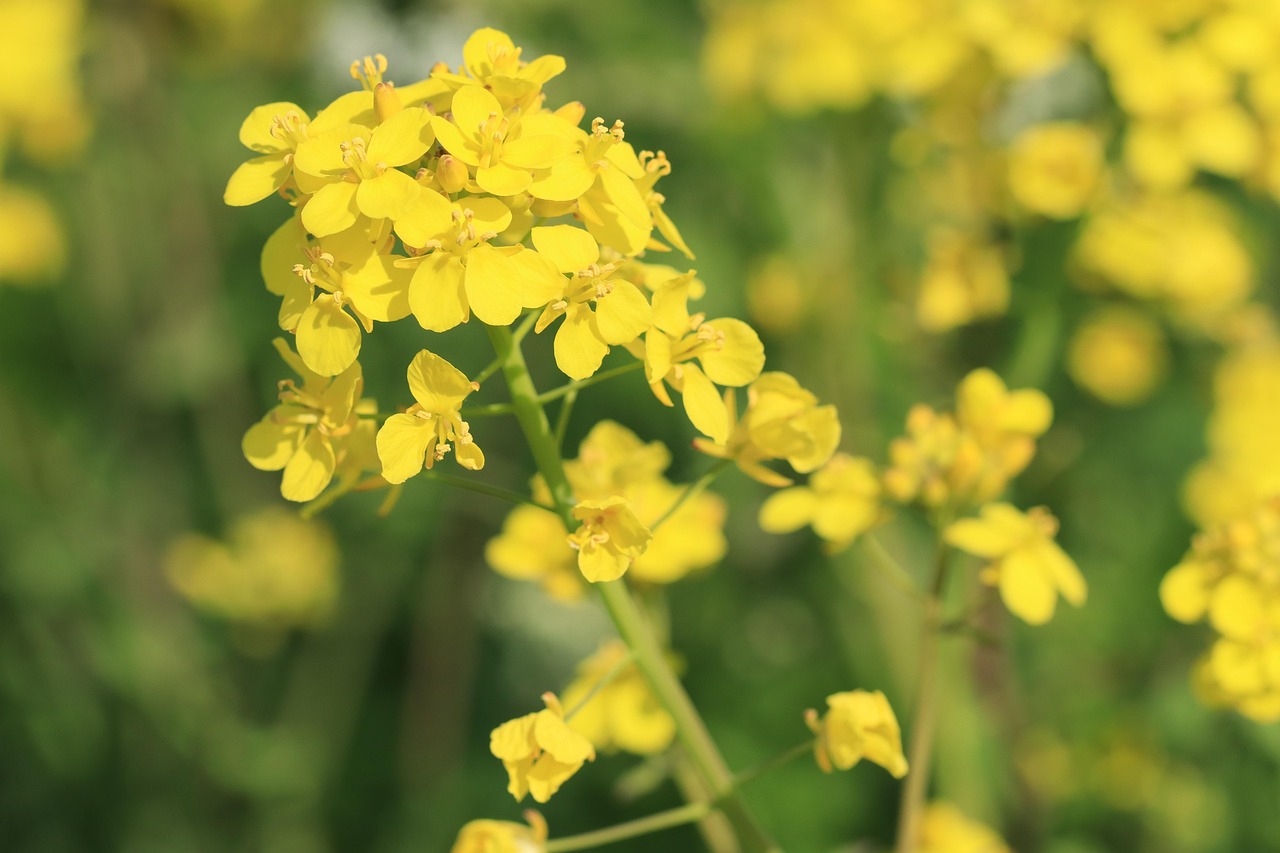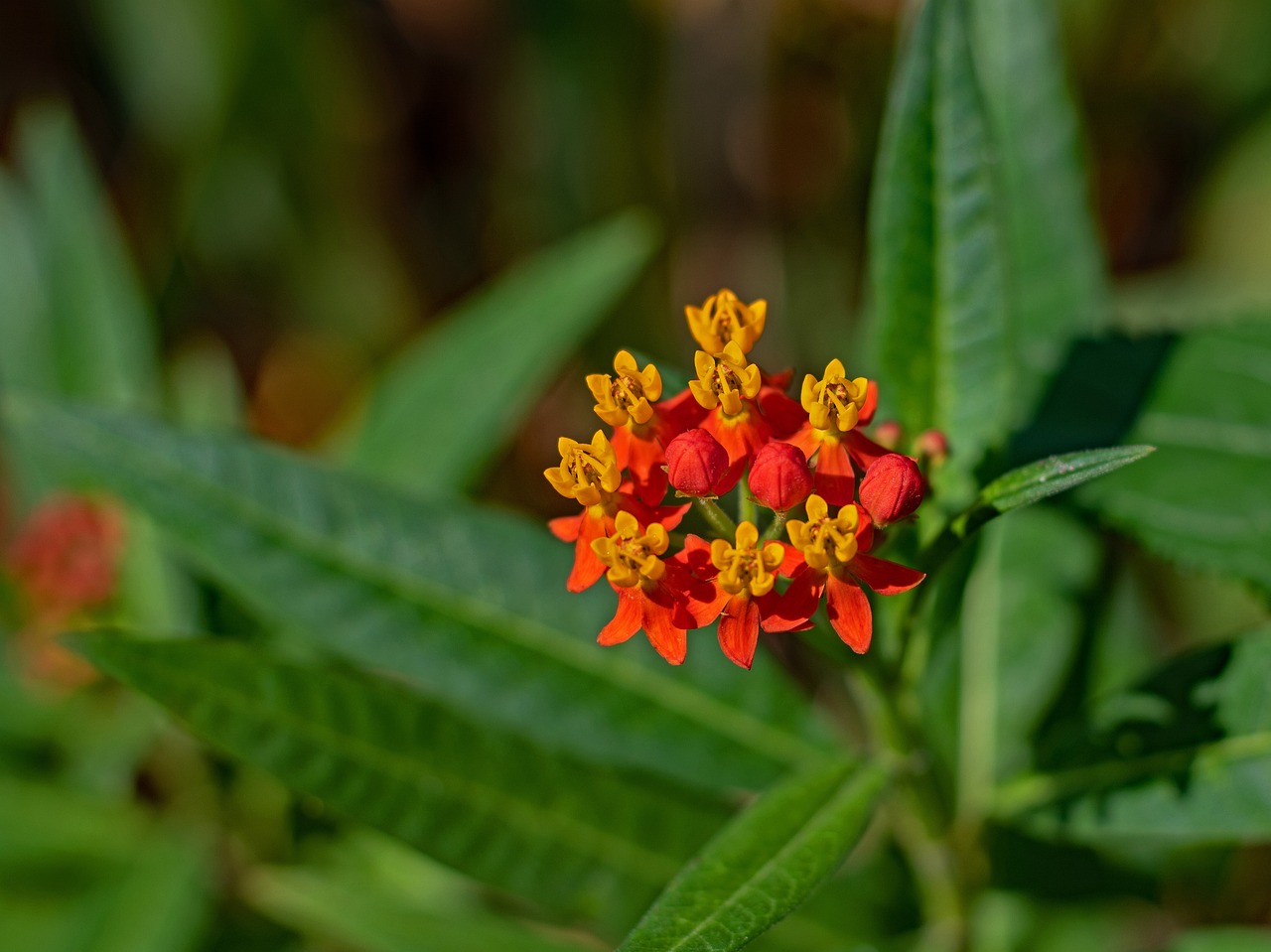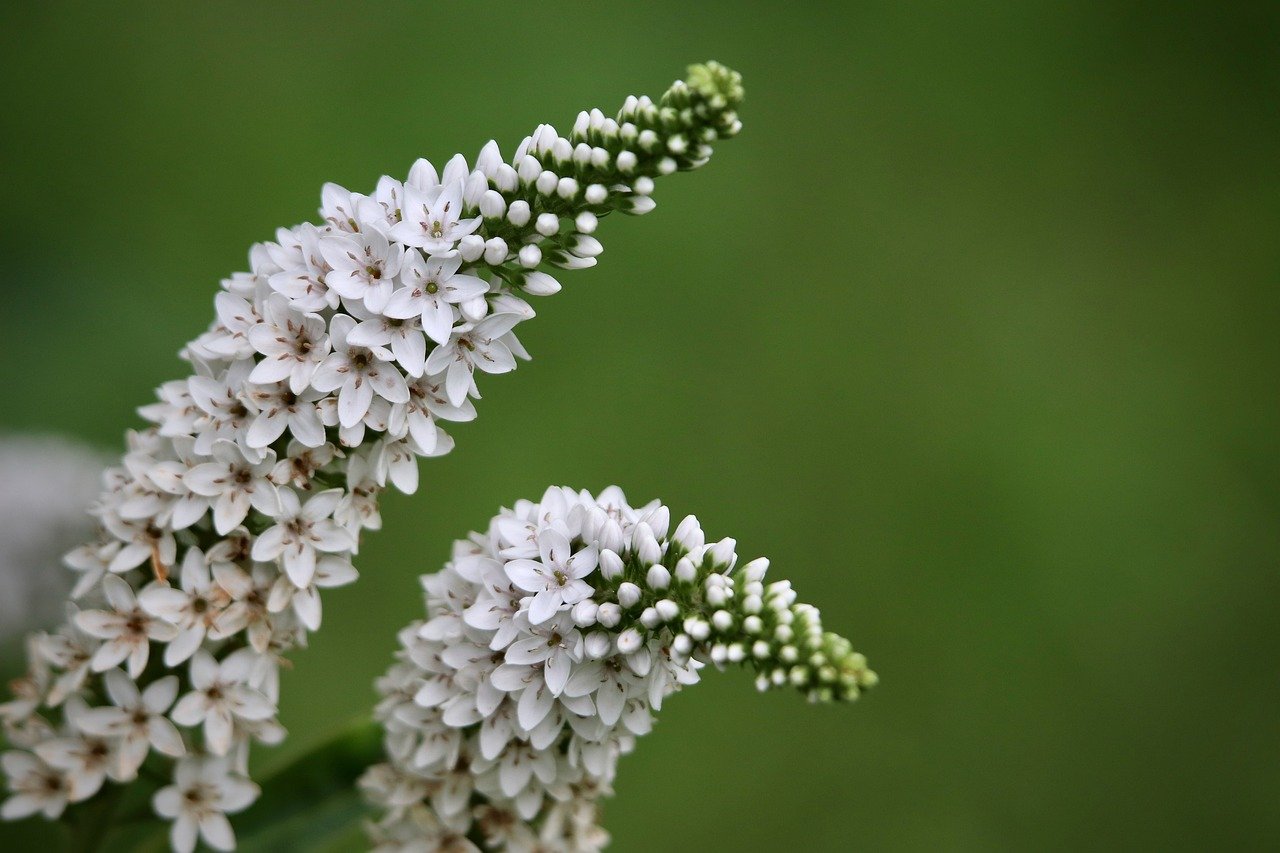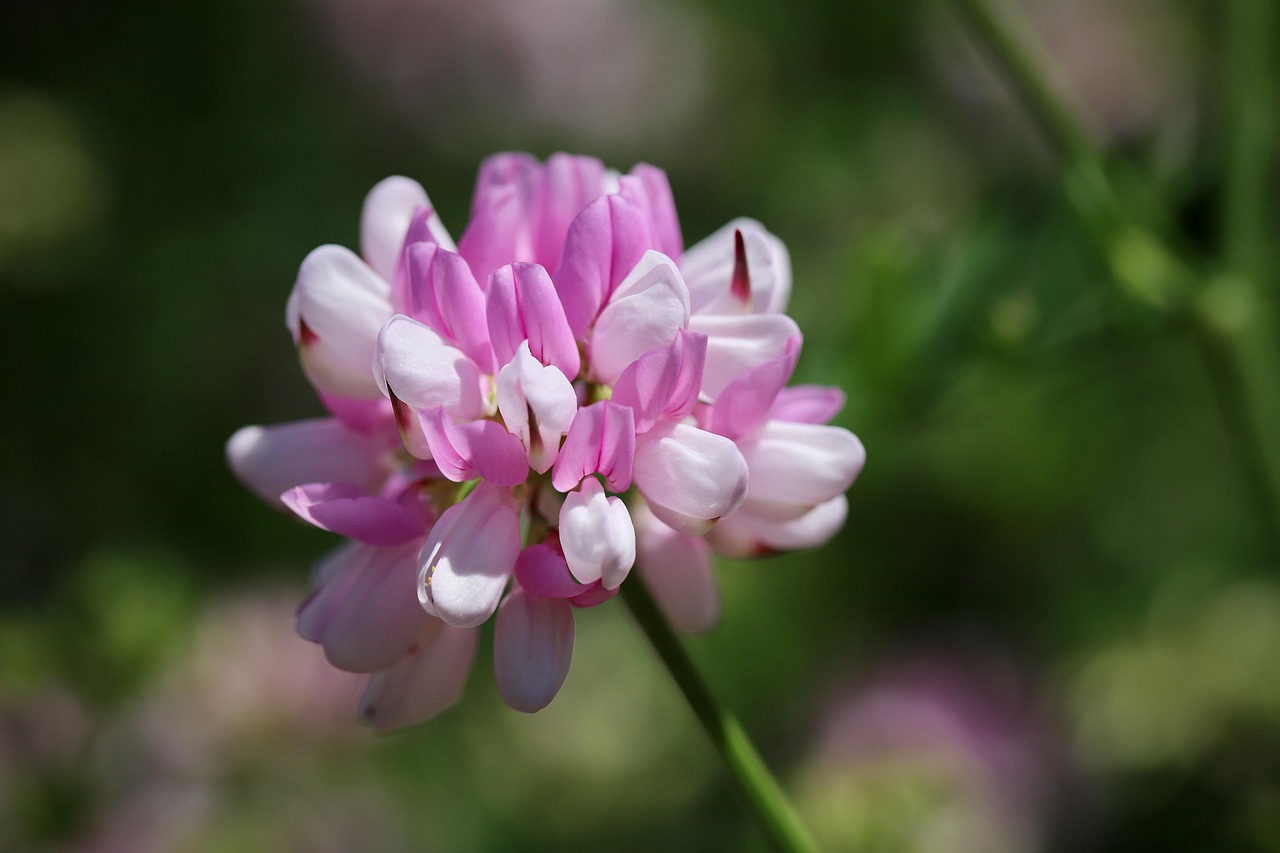Auricula | The Floral Art of Colors Celebrated Among European Royalty
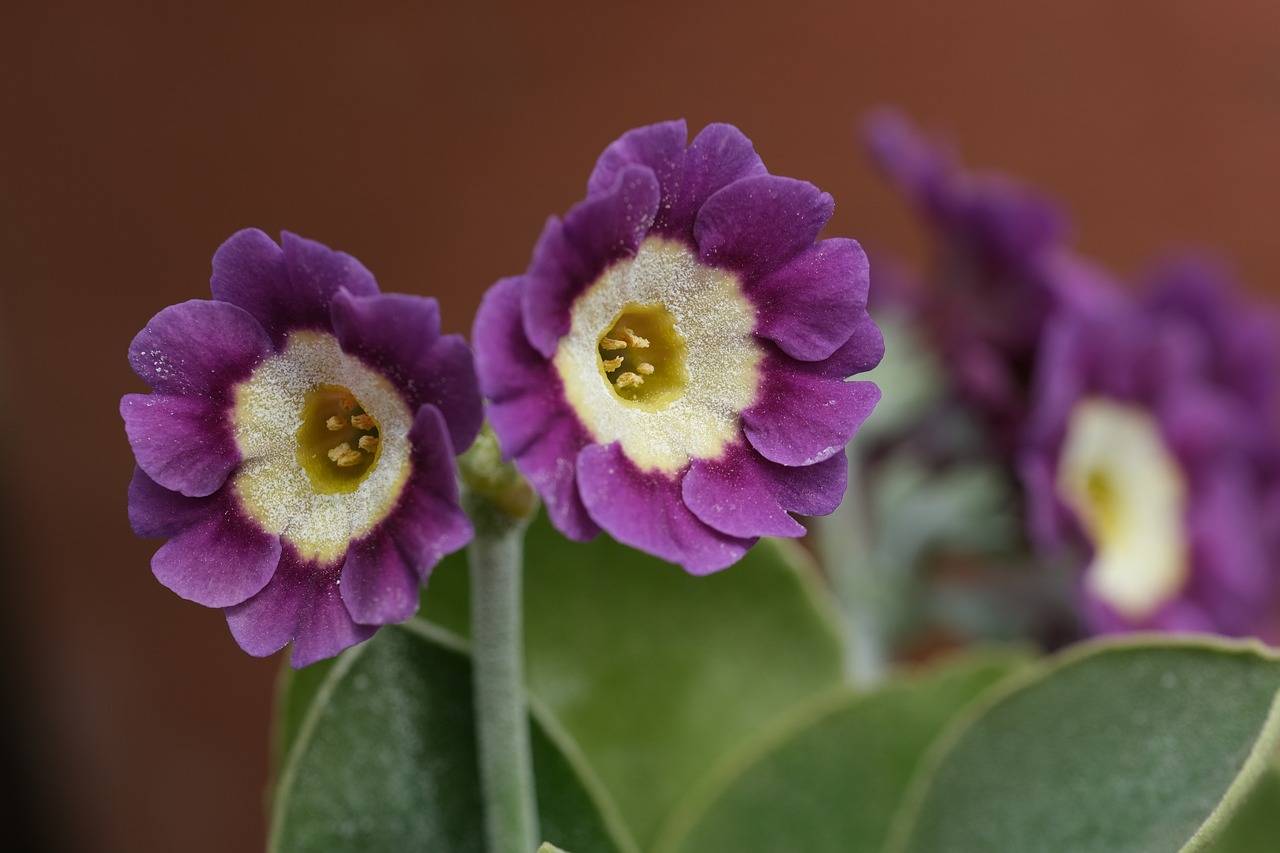
The auricula is a perennial plant that produces delicate flowers in a wide range of colors. It has a long history of popularity among gardening enthusiasts. Thanks to its beautiful form and hardy nature, I cultivate it widely in pots and rock gardens.
In this article, I will explain in detail the basic information, cultural and historical background, and cultivation tips for auricula.
Basic Information
- Scientific name: Primula auricula
- Family: Primulaceae
- Origin: European Alps
- Appearance: The auricula is characterized by its small rosette-shaped leaves and velvety-textured flowers. The flower colors are highly diverse—yellow, purple, pink, red, white, and bicolors. Some varieties also display edged or spotted petals.
- Blooming season: April to June (depending on region and growing conditions)
Cultural Significance Around the World
The auricula is regarded as a symbolic plant in gardening culture in both the United Kingdom and France.
In the UK, from the 17th to 18th centuries, flower enthusiast groups called Florist Societies were devoted to growing auriculas, leading to the development of numerous cultivars. Because of its showy form, it has been cherished as the “jewel of the garden.”
In the mountain regions of France and Switzerland, the auricula is considered one of the emblematic flowers of the Alps and is sometimes used in traditional festivals and decorations.
As a beloved plant throughout Europe, it has often been depicted in literature and paintings.
Historical Episodes
The history of auricula cultivation dates back to the 16th century, when wild species from the Alps spread as ornamental plants.
By the 17th century, gardening passion in England elevated the auricula to a “luxury flower” popular among the aristocracy. Varieties with rare petal shapes and colors were even traded at high prices in auctions.
During the French Revolution, auriculas were also grown by citizens as garden plants, symbolizing both “beauty and strength.” Even today, it is appreciated as a flower that embodies classical gardening culture.
Gardening Advice
To grow auriculas beautifully, I recommend focusing on the following points:
Sunlight
They prefer partial shade. Avoid strong summer sun; bright shade or morning sun is ideal.
Watering
Water when the surface soil dries. Since auriculas dislike excess moisture, ensure good drainage and avoid root rot in pots.
Soil
Fertile, well-drained soil is best. Mixing potting soil with perlite or leaf mold is effective.
Fertilizer
Apply liquid fertilizer about once a month during the growing seasons (spring and autumn). A phosphate-rich fertilizer before flowering promotes blooms.
Wintering
Although cold-tolerant, protect potted plants from frost and cold winds by moving them indoors or into a greenhouse.
Conclusion
The auricula is a perennial with charming and varied colors, carrying a proud history within European gardening culture. It is easy to grow in partial shade and is perfect for rock gardens and pots. Brightening spring gardens, it brings a touch of classical beauty.
I invite you to add auriculas to your garden and daily life for an elegant splash of color.


